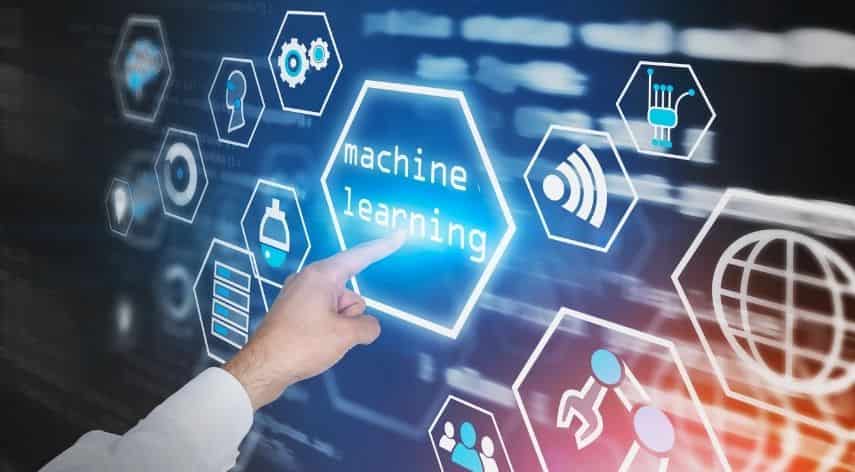Process Used to Label Data for Machine Learning

Machine learning is an exciting field that combines data science, computer science, information technology, and even linguistics to create powerful applications. It’s the process by which computers learn without being explicitly programmed or told what they need to do.
On the other hand, data labeling is a stage in developing ML machine learning models. It involves converting raw data into meaningful information that can be used to train ML models. Additionally, it is a very important stage in machine learning because it provides the input data your algorithm needs to learn about.
There are various ways to get data labeled: manual labeling, automated labeling, and transfer learning with ML algorithms. Let’s look at each method individually, with their advantages and disadvantages.
Table of Contents
Toggle1. Manual Labeling
Manual data labeling is the most controversial method used in machine learning. Some people think manual labeling is too time-consuming and error-prone, while others think that only human intelligence can determine the relationship between input and output data.
Manual labeling needs to be done by people who are trained to perform this activity. For example, for a dog, a breed recognition model and expert in dogs should label the dogs in input images as “Shiba Inu” or “Great Dane .”There are two main methods for performing manual labeling: external and internal.
External Human Labeling
Also known as crowd-based or outsourced labeling, external human labeling involves getting labeled data from an external service provider. This model has various advantages, such as cost reduction and time efficiency.
The major benefits of outsourcing human labeling include creating large datasets and high-level accuracy. However, this method may pose a challenge for data security, resulting in privacy risks.
Internal Human Labeling
Internal human labeling is done by the organization using in-house machines and tools. This is not as simple as it sounds because parameters must be configured correctly to produce good-quality labeled data to get reliable results. With this method, you can be sure of data security as the labelers are people from your team.
In addition, you can be sure of high accuracy since the labelers will be expecting a reward for good work done. You may find that it takes longer to label data using internal human labeling than external labeling, but you get more quality data.
2. Automated Labeling
This method of data labeling is automated to reduce manual labor and improve the accuracy of ML models. This method consists of two parts: unsupervised and supervised learning helps label large data using a small number of labels.
Unsupervised Machine Learning
This is the most effective way to label large data very quickly. The input data is converted into the user’s features, and a machine learning algorithm uses these features to organize unlabeled data in a more influential group than randomness. The output is an unsupervised prediction that can be used to create a supervised model.
Supervised Machine Learning
The machine learning algorithm first converts the input data into supervised features. Then it uses these features and labeled data to build a supervised model for predicting new unlabeled data.
Some of the advantages of automated labeling include consistency and cost. It also achieves accurate results as it includes human feedback. However, there are also risks of missing important data and errors in the input data that may be caused by human error or technical failures.
3. Transfer Learning
Transfer learning is a way to reuse the results of another ML algorithm to improve the results of a brand-new ML algorithm. When you use transfer learning, you transfer your training data and knowledge from one algorithm to another.
The main advantages of using transfer learning are that it needs fewer labeled data and less training time. Training can also be completed faster than with other methods.
In addition, it’s easy to understand and implement in real-life problems since everyone is familiar with those models they learned before. However, this method can be risky if the used model is not good enough because it will highly influence the final results.
You must have enough labeled training data for your ML algorithm to get accurate results. If you do not have enough data, you can use transfer learning or crowd-sourcing, reducing the time to get the desired results.
Jeff Bailey is a tech enthusiast and gadget guru with a profound understanding of the ever-evolving world of technology. With a keen eye for innovation and a passion for staying ahead of the curve, Jeff brings insightful perspectives on the latest gadgets and tech trends.
Recommended For You
Spread the loveInstagram is a visually driven platform, and understanding how aspect ratios work can significantly impact the success of
Spread the loveHave you ever received a call from an unknown number, and upon searching online, found nothing but dead
Spread the love/zzmxuo4he_c for Non Techies A Step by Step Guide is a guide that will teach you the basics






